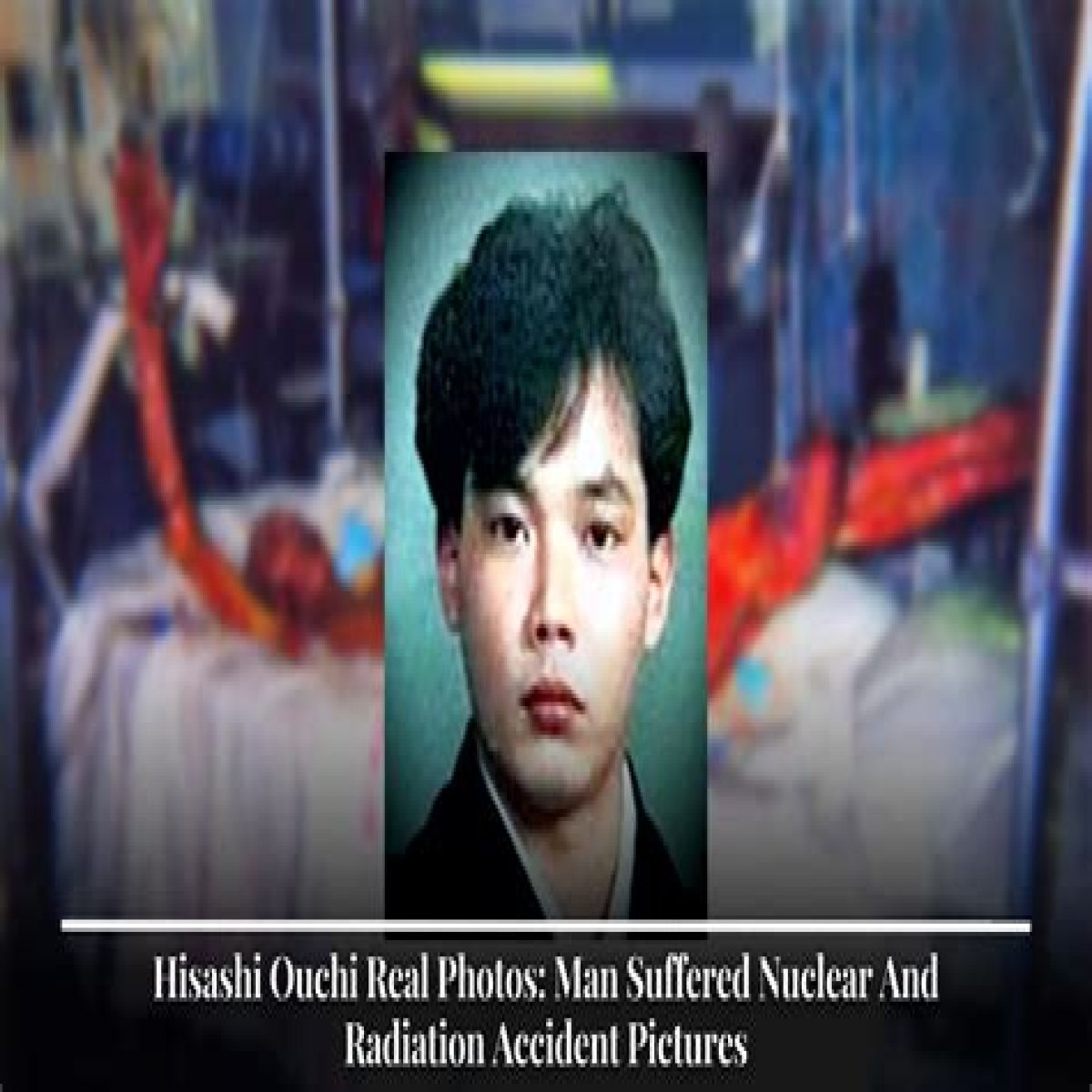What is the Hisashi Ouchi Autopsy Report, and What Happened to Him?
The Hisashi Ouchi autopsy report is a detailed account of the injuries sustained by Hisashi Ouchi, a Japanese nuclear technician who was involved in a criticality accident at the Tokaimura nuclear power plant in 1999. Ouchi was exposed to a massive dose of radiation, and his body was severely damaged. The autopsy report provides a gruesome and fascinating glimpse into the effects of radiation on the human body.
Ouchi was working with uranium fuel when the accident occurred. The fuel became critical, and a chain reaction began, releasing a massive amount of radiation. Ouchi was exposed to the radiation for several minutes before he was able to escape. He was taken to the hospital, where he was treated for his injuries. However, his condition worsened, and he died eight months later.
The autopsy report revealed that Ouchi's body had been severely damaged by the radiation. His skin was burned off, and his internal organs were liquefied. His chromosomes were so damaged that his cells could not divide. The report also found that Ouchi had developed a new type of cancer, which was caused by the radiation exposure.
The Hisashi Ouchi autopsy report is a tragic reminder of the dangers of radiation. It is also a valuable document that provides insights into the effects of radiation on the human body.
Key Aspects of the Hisashi Ouchi Autopsy Report
The Hisashi Ouchi autopsy report is a complex and detailed document. However, there are a few key aspects that are worth highlighting:
- The extent of Ouchi's injuries: The autopsy report revealed that Ouchi's body had been severely damaged by the radiation. His skin was burned off, and his internal organs were liquefied. His chromosomes were so damaged that his cells could not divide.
- The development of a new type of cancer: The autopsy report also found that Ouchi had developed a new type of cancer, which was caused by the radiation exposure. This cancer was not previously known to science.
- The implications for radiation safety: The Hisashi Ouchi autopsy report has important implications for radiation safety. It shows that even low levels of radiation can cause serious health problems. As a result, it is important to take steps to protect workers from radiation exposure.
Conclusion
The Hisashi Ouchi autopsy report is a tragic reminder of the dangers of radiation. It is also a valuable document that provides insights into the effects of radiation on the human body. The report has important implications for radiation safety, and it should be used to inform policy and practice.
FAQs on the Hisashi Ouchi Autopsy Report
The Hisashi Ouchi autopsy report is a complex and detailed document, and there are a number of common questions that people have about it. Here are answers to some of the most frequently asked questions:
Question 1: What are the key findings of the Hisashi Ouchi autopsy report?
The autopsy report revealed that Ouchi's body was severely damaged by the radiation exposure. His skin was burned off, and his internal organs were liquefied. His chromosomes were so damaged that his cells could not divide. The report also found that Ouchi had developed a new type of cancer, which was caused by the radiation exposure.
Question 2: What are the implications of the Hisashi Ouchi autopsy report for radiation safety?
The Hisashi Ouchi autopsy report has important implications for radiation safety. It shows that even low levels of radiation can cause serious health problems. As a result, it is important to take steps to protect workers from radiation exposure.
Summary
The Hisashi Ouchi autopsy report is a valuable document that provides insights into the effects of radiation on the human body. The report has important implications for radiation safety, and it should be used to inform policy and practice.
Conclusion
The Hisashi Ouchi autopsy report is a harrowing and sobering document that provides a glimpse into the devastating effects of radiation on the human body. Ouchi's case is a reminder of the importance of radiation safety and the need to take all possible steps to protect workers from exposure.
The report's findings have had a significant impact on radiation safety practices around the world. In the wake of the Tokaimura accident, new regulations were put in place to prevent similar accidents from happening again. These regulations include stricter limits on radiation exposure, improved training for workers, and the use of new technologies to reduce the risk of accidents.
The Hisashi Ouchi autopsy report is a reminder of the importance of nuclear safety and the need to take all possible steps to prevent accidents. It is also a tribute to the bravery of Hisashi Ouchi, who sacrificed his life to save others.
Steve Harvey's Heartbreaking Loss: Tragic News TodayUnderstanding Reece Walsh's Cultural HeritageNathan Fillion And His Lovely Wife: A Picture-Perfect Match
